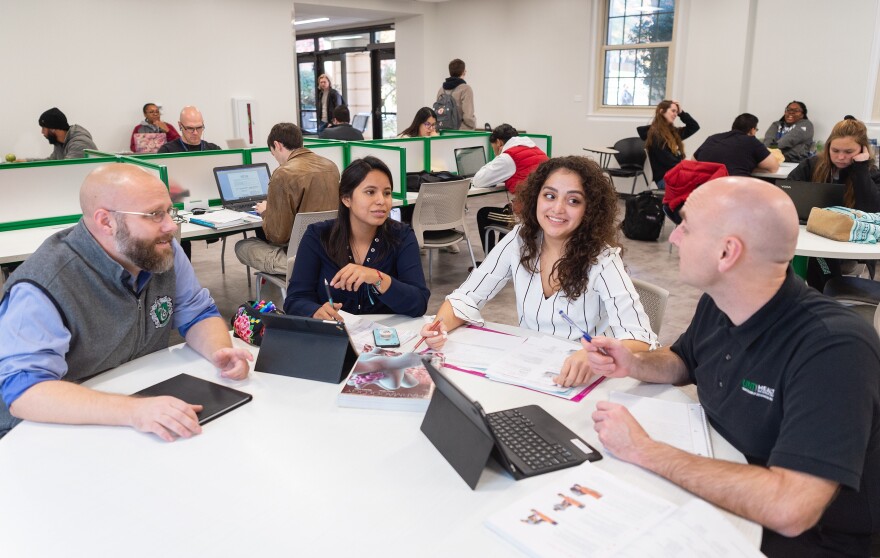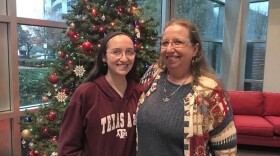There’s an ongoing shortage of doctors in Texas overall, especially in rural areas. UNT’s College of Science has created a fast track program to help fill the void.
Some key findings in a 2015 study of the physician workforce in Texas illustrate the shortage in rural areas:
1. The physician workforce in Texas is disproportionately located in the five most populouscounties in the state (Harris, Dallas, Tarrant, Bexar, Travis). 26,620 physicians (57% of the totalworkforce) practice in these counties, though only 44% of the state’s population resides in thesecounties.
2. Smaller counties of 40,000 people or less are home to 2,264,257 Texans (8.6% of the state’s population), but only 1,170 physicians (2.5% of the total workforce) practice in these counties.
3. There is a ratio of only 52 physicians per 100,000 population in counties of 40,000 people or lessin Texas, compared to 228 per 100,000 for the five most populous counties and 183 per 100,000for the entire state.
Debrah Beck, assistant dean of health professions at UNT, has witnessed the problem firsthand. "My dad lives in a rural area," she said. "He’s 94, and he must drive about 80 miles to Wichita Falls to get his cardiac care and he drives in there every month. When my mother was getting cancer treatment in Wichita Falls, there would be people from Haskell, which is even farther away, to get cancer treatment."
Beck says such shortages in specialists and primary care physicans prompted UNT and Midland College to partner in the Primary Care Pathway Program (PCPP). It will enable students to complete medical school a year faster than normal in a rigorous “2+1+4” plan:
- 2 years at Midland College
- 1 year at University of North Texas
- 4 years at UNT Health Science Center
The first four students in the program are from Midland. Beck says the goal is for the students to return home to practice medicine where they’re needed - in small towns, even larger cities in rural Texas.
“In Midland, there’s a big shortage of physicians there,” she said. “Midland’s a pretty big town, but there’s still a shortage.”
INTERVIEW HIGHLIGHTS
Why it's difficult to attract doctors to rural areas: Some of the people who graduate from medical school would rather stay in urban areas. A little more culture. Some are used to living in urban areas and graduated from large schools there. Some say the quality of the rural schools might not be quite as rigorous as in urban areas.
Impact of PCPP on Midland: To have four more primary physicians there – and there are eight in the next group coming up. To have 12 people who want to go back and practice in your hometown and help alleviate that shortage, it would be an amazing help. The area’s booming with the oil industry, but there are underserved populations there also and this would help to alleviate some of that need for physicians and care workers, people who care about their patients.
RESOURCES
UNT Primary Care Pathways Program







